![]()
![]()
Earthquakes
The big earthquake news this week has obviously been the magnitude 6.3 earthquake that hit Christchurch. For those interested, Chris has been adding links to the latest information, images and videos to his initial post on the quake. But he would also like to highlight this BBC article on the aftermath of the magnitude 8.8 earthquake that shook Chile a year ago today, which illustrates how the road to recovery following a major quake – both physical and psychological – is a long and hard one. And, as a former Pacific Northwest resident, Anne was fascinated by the parallels between the Christchurch earthquake and the little appreciated seismic hazards in Portland, Seattle, and Corvallis, which are discussed in this Oregonian article.
Volcanoes
- Erik Klemetti highlights the latest media volcanic reporting fail: a study on how volcanic tremor may predict eruptions becomes ‘Mt. Baker is overdue!’ Sigh, indeed.
http://bigthink.com/ideas/31357
Fossils
- Putative ‘oldest known’ microbe fossils in 3.5 Byr Apex Chert are really iron-stained cracks.
http://www.nature.com/ngeo/journal/vaop/ncurrent/full/ngeo1084.html
(via @NatureGeosci) - Beautiful fossil! Ed Yong introduces us to Diania, a Cambrian critter that looked like a walking cactus
http://blogs.discovermagazine.com/notrocketscience/2011/02/23/meet-diania-the-walking-cactus-an-early-cousin-of-lifes-great-winners/
(via @Laelaps, @edyong209)
(Paleo)climate
- Predictions of future emissions key to modelling future climate change. Current numbers are ‘dangerously optimistic’.
http://www.guardian.co.uk/environment/2011/feb/24/models-climate-policy-optimistic - ‘What’s causing climate to change now is like a sledgehammer compared to tiny little taps through the Holocene’
http://triblocal.com/evanston/community/stories/2011/02/science-connections-taking-a-sledgehammer-to-our-climate/ - Genius! "Global warming quips – get acclimatised"
http://www.youtube.com/watch?v=TQlHaGhYoF0
(via @mjvinas, @KHayhoe)
Water
- Flood Waters [still!] Linger in Pakistan
http://earthobservatory.nasa.gov/NaturalHazards/view.php?id=49465&src=eorss-nh
(via @RonsGeoPicks) - Growth, pollution and now drought putting pressure on China’s water supplies
http://www.guardian.co.uk/environment/blog/2011/feb/23/china-drought-meterologists-forecast
(via @EPSclimate) - Columbia Earth Institute has a very good post on increasing flood impacts from factors beyond climate change
http://blogs.ei.columbia.edu/2011/02/23/flood-impacts-don%e2%80%99t-forget-other-factors/ - Fundamentals Of Stable Isotopes In Hydrogeology is the subject of an April NGWA webinar
http://www.wateronline.com/article.mvc/Fundamentals-Of-Stable-Isotopes-In-0001
(via @kjmcguire) - Very cool animation of components of the global water cycle from @flowingdata and NASA
http://flowingdata.com/2011/02/21/components-of-the-global-water-cycle/ - This is a very cool video find by @gravelbar. Fluid mechanics with wood and string.
http://lrrd.blogspot.com/2011/02/fluid-mechanics-with-wood-and-string.html - Latest blizzard in the Dakotas and Minnesota adds to extreme spring flooding risk.
http://www.wunderground.com/blog/JeffMasters/comment.html?entrynum=1752
(via @mareserinitatis) - Very cool MODIS image showing US January snow extent – in the midst of a drought.
http://earthobservatory.nasa.gov/IOTD/view.php?id=49456
(via @NASA_EO)
Environmental
- A comment highlighted by Michael Tobis nails most of my concerns about the way climate science is reported by the media
http://initforthegold.blogspot.com/2011/02/press-and-climate-anti-testimonial.html - The resource-crunched Earth of 2050: ‘More people, more money, more consumption, but the same planet’
http://news.discovery.com/earth/earth-unrecognizable-2050-resources-110220.html - Danger from Aging Dams. Extreme case near Bakersfield, CA but thousands of others
http://www.nytimes.com/2011/02/22/science/22dam.html?_r=1&hp - Brazil judge blocks giant Amazon Belo Monte dam (for now, pending a better environmental review):
http://www.project-syndicate.org/commentary/nmahmed1/English
http://www.guardian.co.uk/environment/2011/feb/20/arab-nations-water-running-out
(via @ksagarin) - Appalachian residents are tired of the human costs of mountain-top removal mining being ignored
http://www.nytimes.com/2011/02/20/opinion/20House.html
(via @writingasjoe) - Quite the cocktail of nasty chemicals used in hydraulic fracturing (“fracking”):
http://www.hcn.org/issues/43.3/unpacking-health-hazards-in-frackings-chemical-cocktail
(via @WaterWired)
Planets
- Most interesting thing about the AAAS meeting exoplanet debates: how little Kepler data has changed peoples’ prior opinions
http://www.newscientist.com/blogs/shortsharpscience/2011/02/practical-and-religious-implic.html
General Geology
- Lusi, the vast mud volcano that left thousands homeless in Indonesia, could continue erupting for another 26 yrs
http://www.bbc.co.uk/news/science-environment-12567163
(via @NatureGeosci, @BBCscience) - [Cool demo!] : Clay Flocculation, now with embedded video goodness!
http://pascals-puppy.blogspot.com/2011/02/thurs-demo-one-with-mud.html
(via @kuchtam) - A nice resource: National Geophysical Data Center Natural Hazard Images
http://blogs.agu.org/magmacumlaude/2011/02/23/archival-gold-national-geophysical-data-center-natural-hazard-images/
(via @Geoblogfeed) - Ah, now these are minerals I know something about: has some nice photomicrographs of magnetite & hematite
http://lifeinplanelight.wordpress.com/2011/02/23/photomicrograph-tuesday-magnetite-hematite/ - Hauntingly beautiful satellite pic: ocean, rock and ice –
http://earthobservatory.nasa.gov/IOTD/view.php?id=49344
(via @SkyTruth)
Interesting Miscellaney
- Cool post by Ed Yong on how turtles use direction & intensity of magnetic field to locate themselves & navigate
http://blogs.discovermagazine.com/notrocketscience/2011/02/24/turtles-use-the-earth’s-magnetic-field-as-a-global-gps/ - Interesting perspective on how the Internet is changing the BBC and other media organisations
http://www.bbc.co.uk/news/world-middle-east-12536855 - Must-read piece on corporate astroturfing. Many implications for politics and media.
http://www.guardian.co.uk/environment/georgemonbiot/2011/feb/23/need-to-protect-internet-from-astroturfing
(via @BoraZ, @stevesilberman) - The strange link between species-seeking biologists and actual spies:
http://opinionator.blogs.nytimes.com/2011/02/20/species-seekers-and-spies/?hp
(via @craigtimes) - The recent PNAS study dismissing gender bias in STEM is flawed. Here’s why.
http://www.womensenews.org/story/women-in-science/110218/flawed-study-dismissing-job-bias-thrills-media
Note: Anne is on a mission to finish a manuscript in the next two weeks. Her twitter presence may be light until the paper is off her desk.


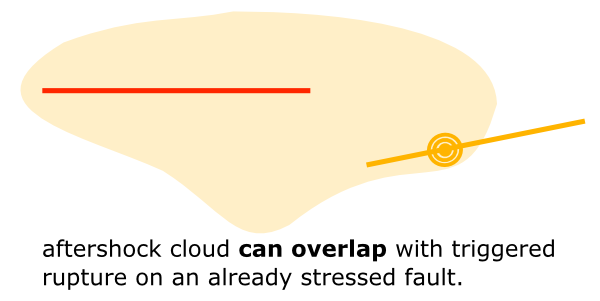
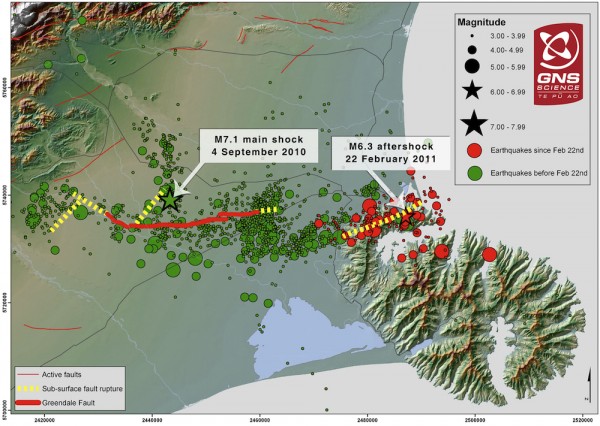


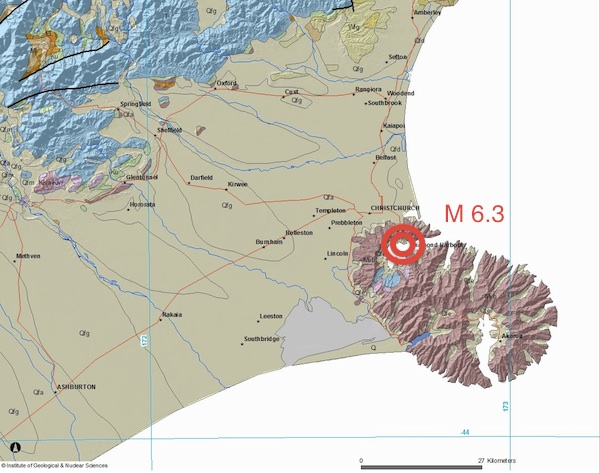
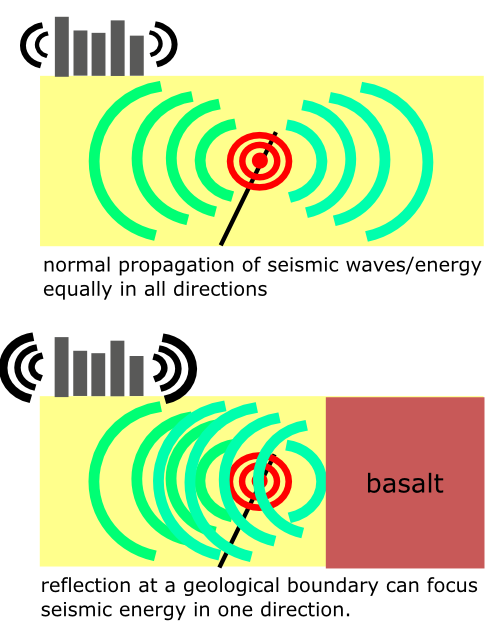
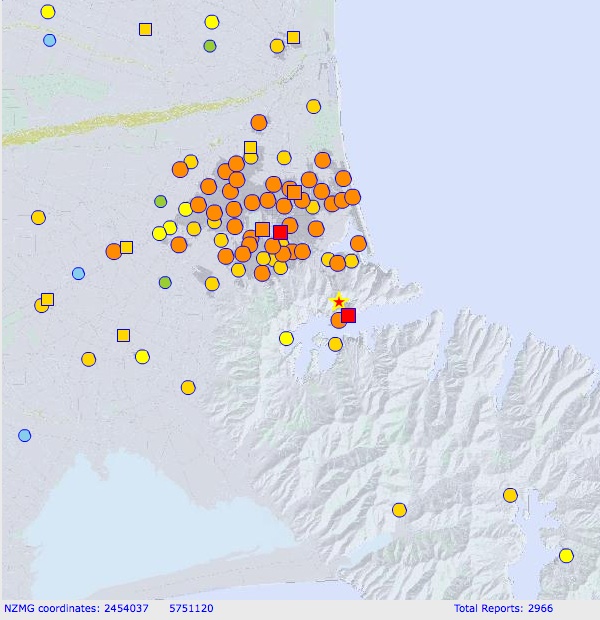
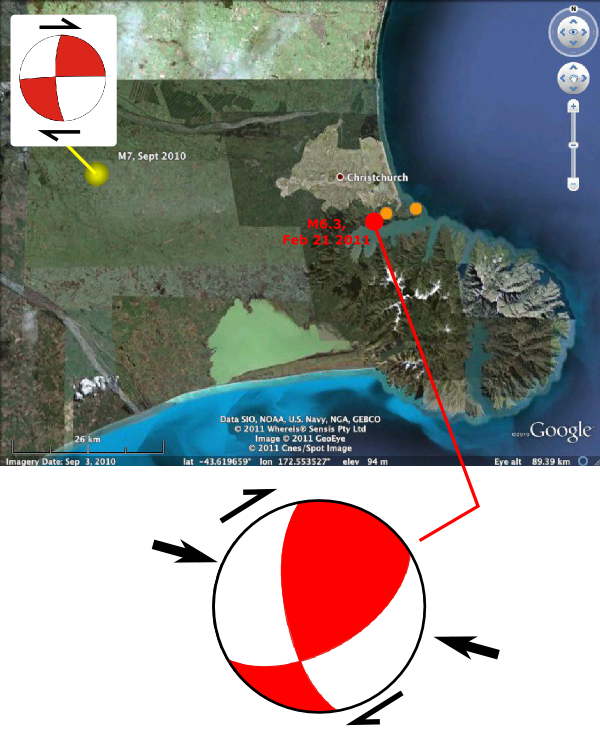
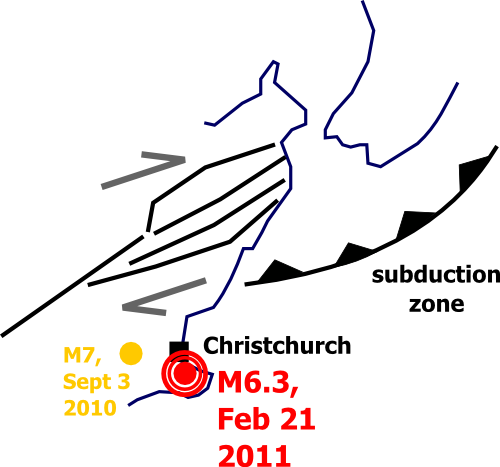
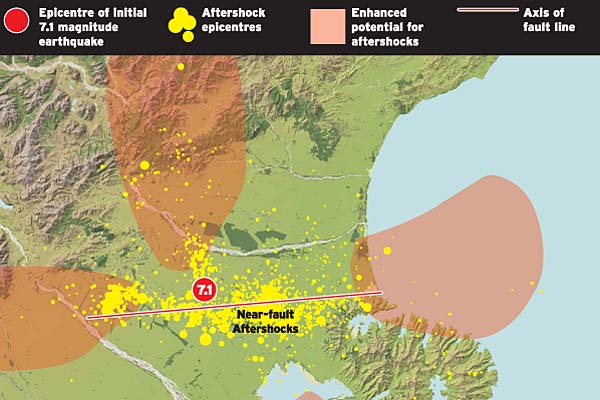
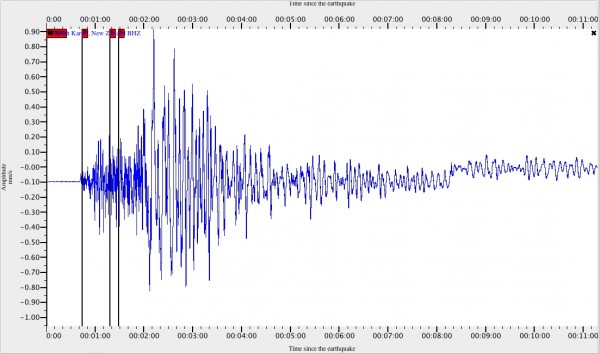
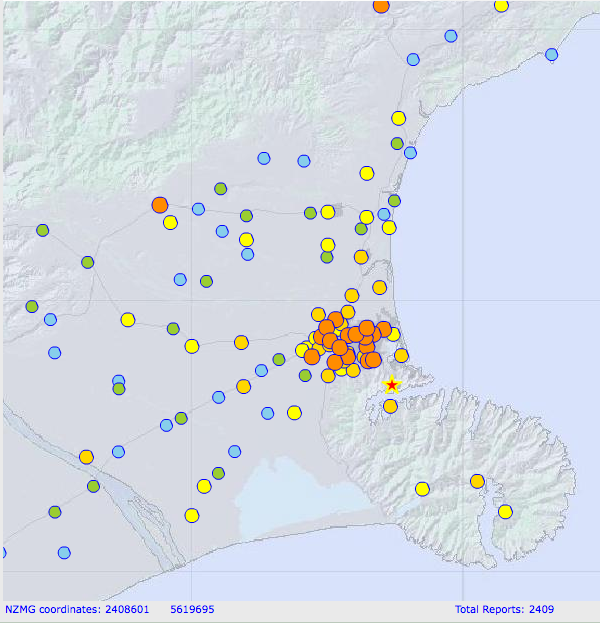





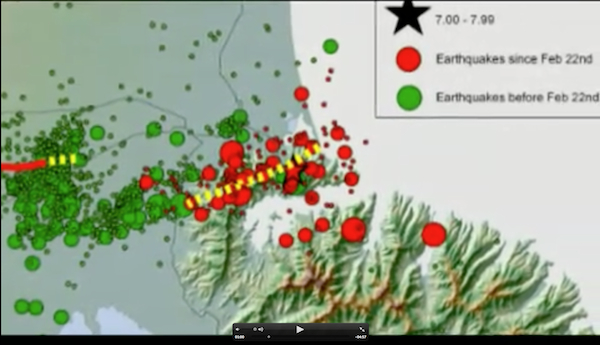
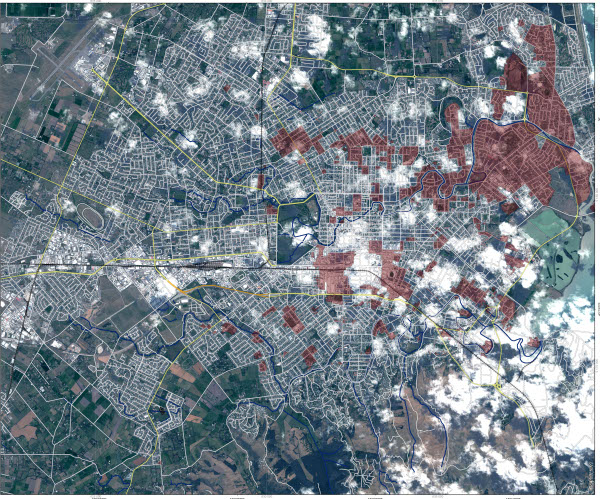


Nice plan for content warnings on Mastodon and the Fediverse. Now you need a Mastodon/Fediverse button on this blog.